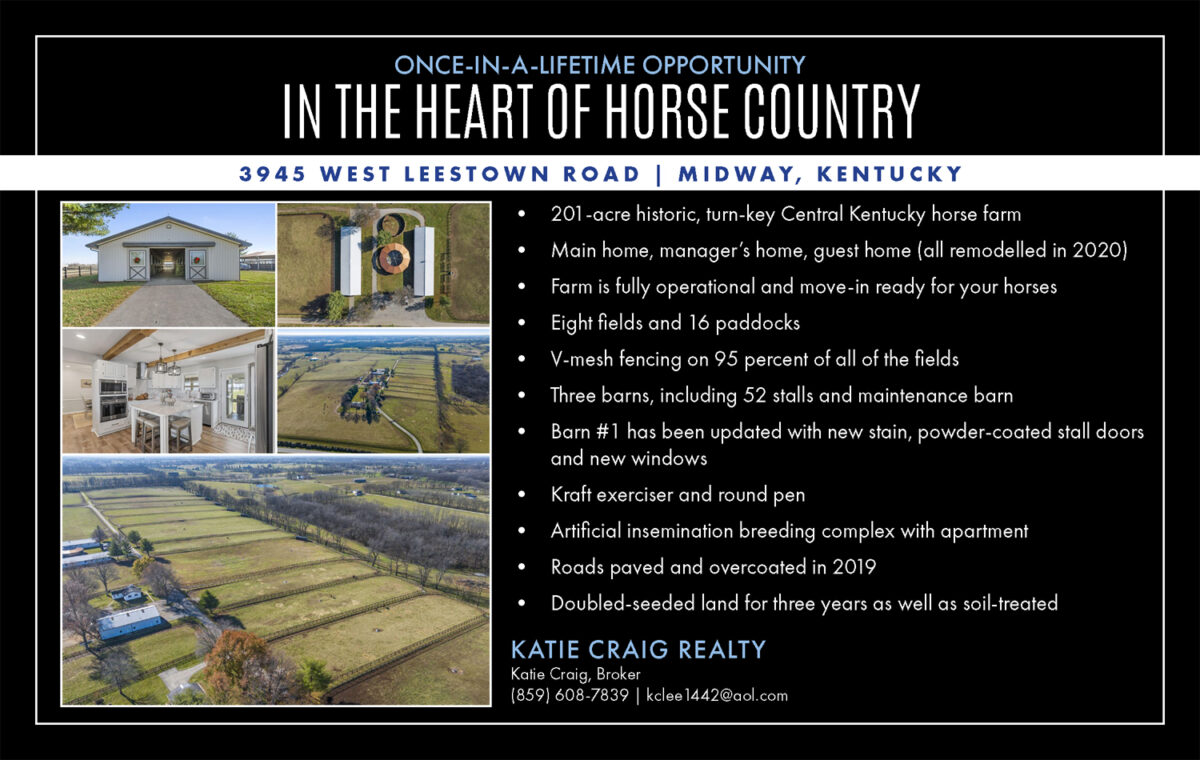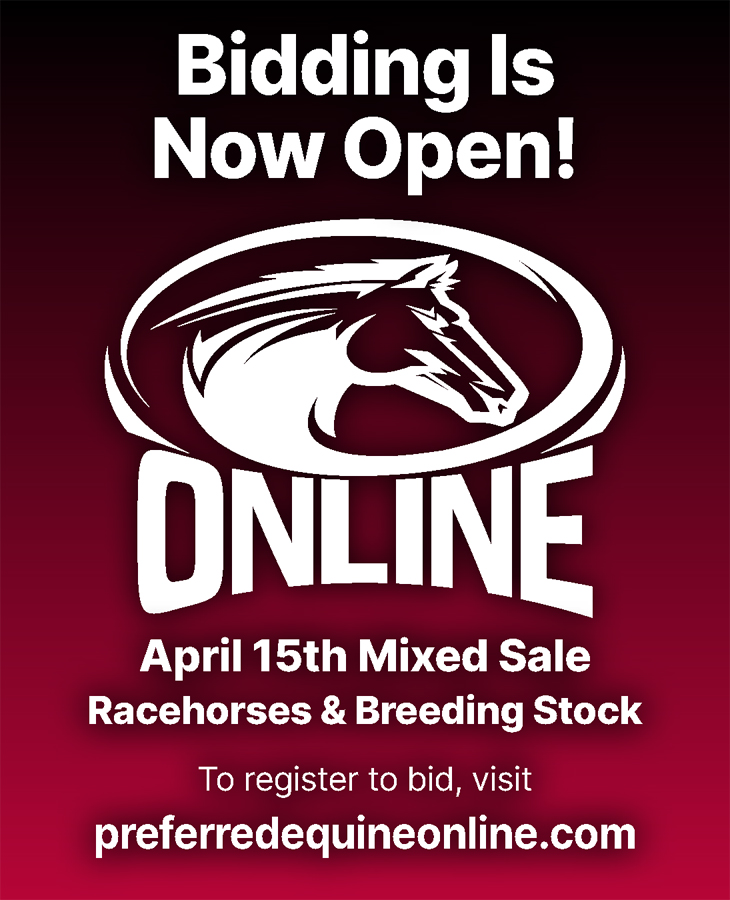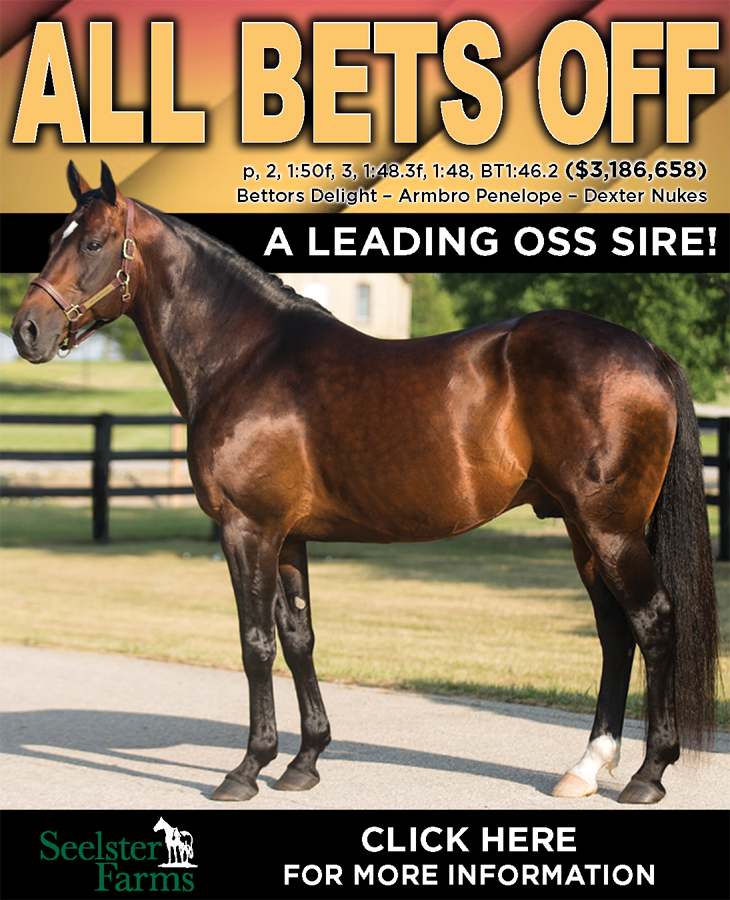

Cinema standardbred: a plot to promote the sport of harness racing – Part 1
by Frank Cotolo
Harness racing and movies are two ingredients that do not commingle. By comparison, thoroughbred racing and movies have had a robust relationship.
With sufficient evidence, Alternative Actions (AA) will explain in this series why those two statements are historically true and then offer the solution that has the best change to change the nature of the film industry’s ambivalence to the sport. Perhaps, as well, our case will inspire someone to pioneer a project that could be the most successful promotional tool standardbred racing ever utilized.
We need first to examine the miserable place harness racing has in the history of film. This is not an arduous study. From its revolutionary beginning in the 19th century through the moment you are reading this in the third decade of the 2000s, movies having even a whiff of harness racing have been less than few to none.
In 2011, prolific film documentarian Mark Cousins released the 15-hour “Story of Film: an Odyssey,” arguably the ultimate audio-visual record of the medium’s history. It covered the academic aspects of films while exploring the literal translation of themes, metaphors, symbolism and so on. The 15 hours pass without a mention of a screen frame related to any aspect of standardbred culture. For our purposes, we begin our series by amending Cousins’ documentary with a list of standardbred-oriented movies.
Movie audiences in 1934 got their first national glimpse of harness racing in a movie titled “David Harum” starring world-famous American humorist Will Rogers in the title role. It’s the late 1890s and Rogers is an owner of a racehorse with a problem — it refuses to gallop. Harum figures out that the horse is a trotter and it trots well but it trots best when Harum sings to it. In the climax, Harum drives the horse to victory and it’s really Rogers in the sulky.
For most people seeing the movie when it hit theaters it was an introduction to standardbred racehorses, and then only trotters, which led the audience to believe trotters moved faster while their drivers (mistakenly called jockeys) sang to them. The movie obviously did nothing to define harness racing as a serious equine sport.
By the time “David Harum” was released, there were already 10 thoroughbred racing-oriented features since 1913. Some came from Great Britain but USA productions drew audiences at all due to the star power of Hollywood heavyweights such as Clark Gable and director John Ford.
In 1944, a Saturday Evening Post short story, “The Phantom Filly,” became a Winston Miller-penned screenplay titled “Home In Indiana.” The racing scenes were shot on location at the Sandusky County Ohio Fairgrounds in Ohio and the reviewers were more interested in star June Haver’s “perfect figure which was displayed with a lavishness that makes one wonder how [it] ever got by the censors.” The trotter in the movie was never identified. This movie made people think harness racing was exclusive to state fairs.
Speaking of state fairs, in 1945 came “State Fair,” a romp about lovesick kids at the Iowa State Fair where harness racing was mere trimming for the music and songs of Rodgers & Hammerstein. In fact, there is a boar playing the prize-winning pig Blue Boy but never a standardbred’s name is muttered.
In 1948, reviews were good for “Green Grass of Wyoming” and they included praise for the beautiful mare trotter Crown Jewel and stallion Thunderhead, her thoroughbred lover. Again, though, it depicted harness racing as a rural, state-fair novelty and emphasized the equine “romance” as the inspiration for Crown Jewel to win a stakes race.
Released in 1949, “The Great Dan Patch” starred B-movie heartthrob Dennis O’Keefe in a screenplay by John Taintor Foote, who had his hands in a few racehorse-related movies, including “Kentucky” (originally titled “The Look of Eagles”) and “The Story of Seabiscuit” (1949), the original film about the thoroughbred (more about the 2003 version to come). Oddly enough, Foote’s co-screenwriter for “Kentucky” was Lamar Trotti, a name which by coincidence includes the word “trot” and is the only reference to anything standardbred. The history delivered in the story of the great pacer Dan Patch is suspect, at best. Yet, it is the first movie of a standardbred pacer on screen and the first serious look at the breadth of the sport.
Finally, in 1952, a popular character series used harness racing as a backdrop in “Ma and Pa Kettle at the Races.” Though the Dan Patch movie made a strong case for standardbred racing in movies, this grody movie ruined any chance of taking the sport seriously in any movie context.
There is only a little film history for part two and it centers around thoroughbreds but it’s successful movies about running equine heroes where we find the roots of what is wrong with all horse racing in movies and we get closer to our plot to create “Cinema Standardbred.”















